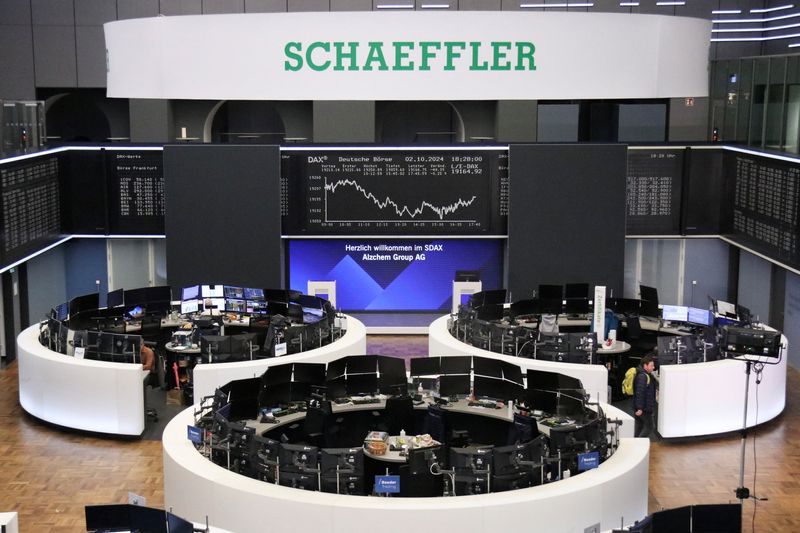By Pranav Kashyap
European markets saw a slight uptick on Friday, with a boost from energy stocks following a rise in prices due to escalating tensions in the Middle East.
The pan-European index increased by 0.2%, although it is still set for its worst week since early September if losses continue. The index took a hit of nearly 2% this week as investors remained cautious amidst growing uncertainties in the region.
The energy sector stood out as the top performer, with a 4.5% surge this week, marking its best weekly performance in six months. Conversely, the automobile sector experienced a decline of nearly 7%, led by Italian-American automaker Stellantis, which suffered a significant loss after a profit warning.
Thomas Gehlen, a senior market strategist at SG Kleinwort Hambros, commented on the situation, stating, “The tensions in the Middle East are definitely giving investors a pause, but I wouldn’t really say a risk-off sentiment. Investors are still trying to weigh the implications and it’s very difficult in Europe.”
Investors are closely monitoring speeches by various ECB officials and awaiting the central bank’s decision on borrowing costs. Traders are anticipating a rate cut, with expectations of a gradual decrease over the coming months.
Real estate stocks also saw a positive trend with a nearly 1% increase. Denmark’s DSV witnessed a significant jump of 6.4% after raising funds for an acquisition.

On the other hand, shipping groups saw a decline in shares after a wage deal was reached to end a major work stoppage on the U.S. East Coast. A.P6 Moeller-Maersk and Hapag-Lloyd witnessed drops of 7.5% and 12.4%, respectively.
This blog post discusses the recent performance of European markets, focusing on the impact of escalating tensions in the Middle East on energy and automobile sectors. It highlights the concerns of investors amidst geopolitical uncertainties and provides insights from market experts.
The post also delves into the upcoming decisions of the European Central Bank regarding borrowing costs and possible rate cuts. Additionally, it mentions specific companies like Denmark’s DSV and shipping groups experiencing changes in their stock values due to recent developments.
Overall, the blog provides a comprehensive overview of the current market situation in Europe, offering valuable information to investors and financial enthusiasts.

